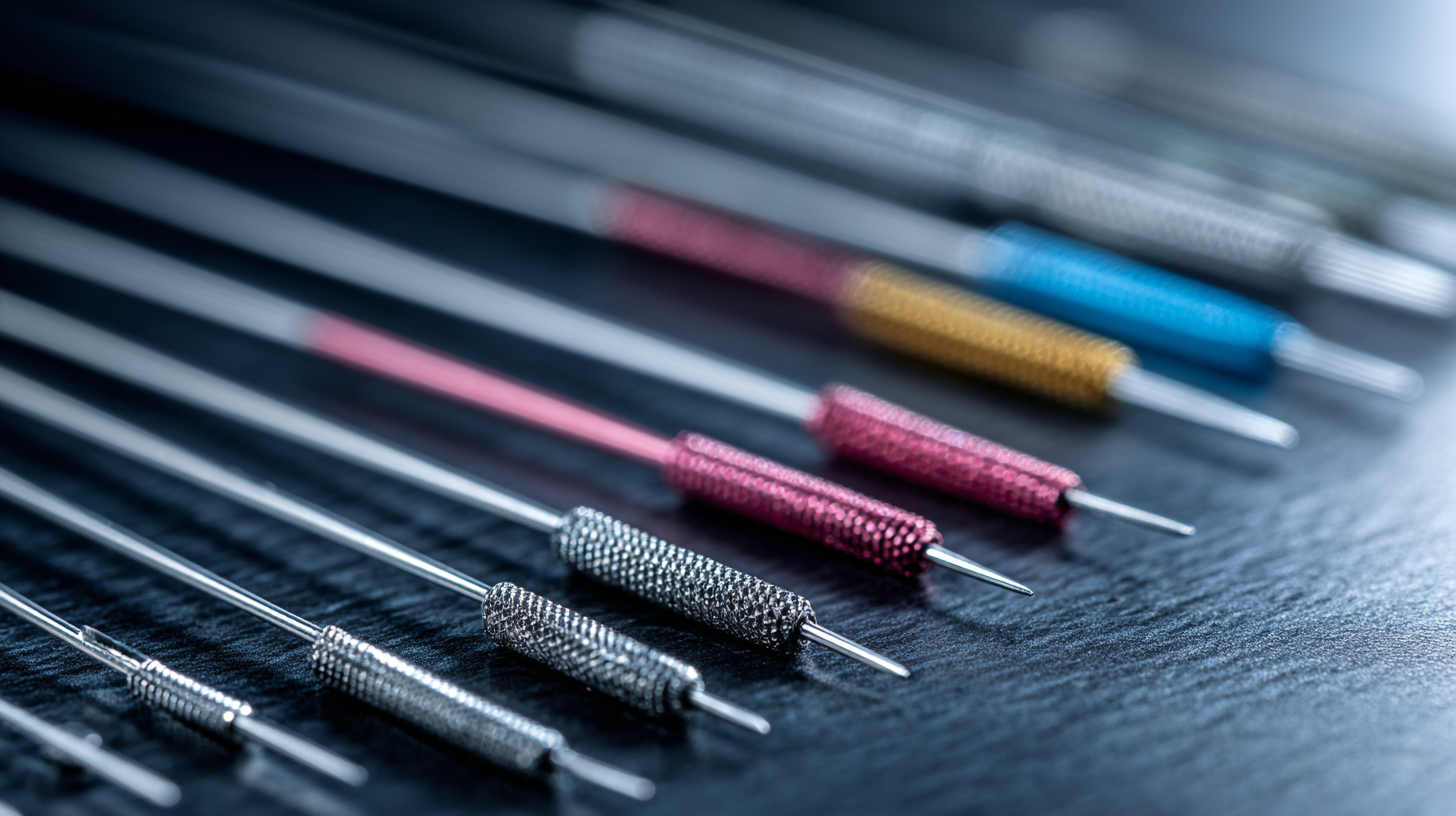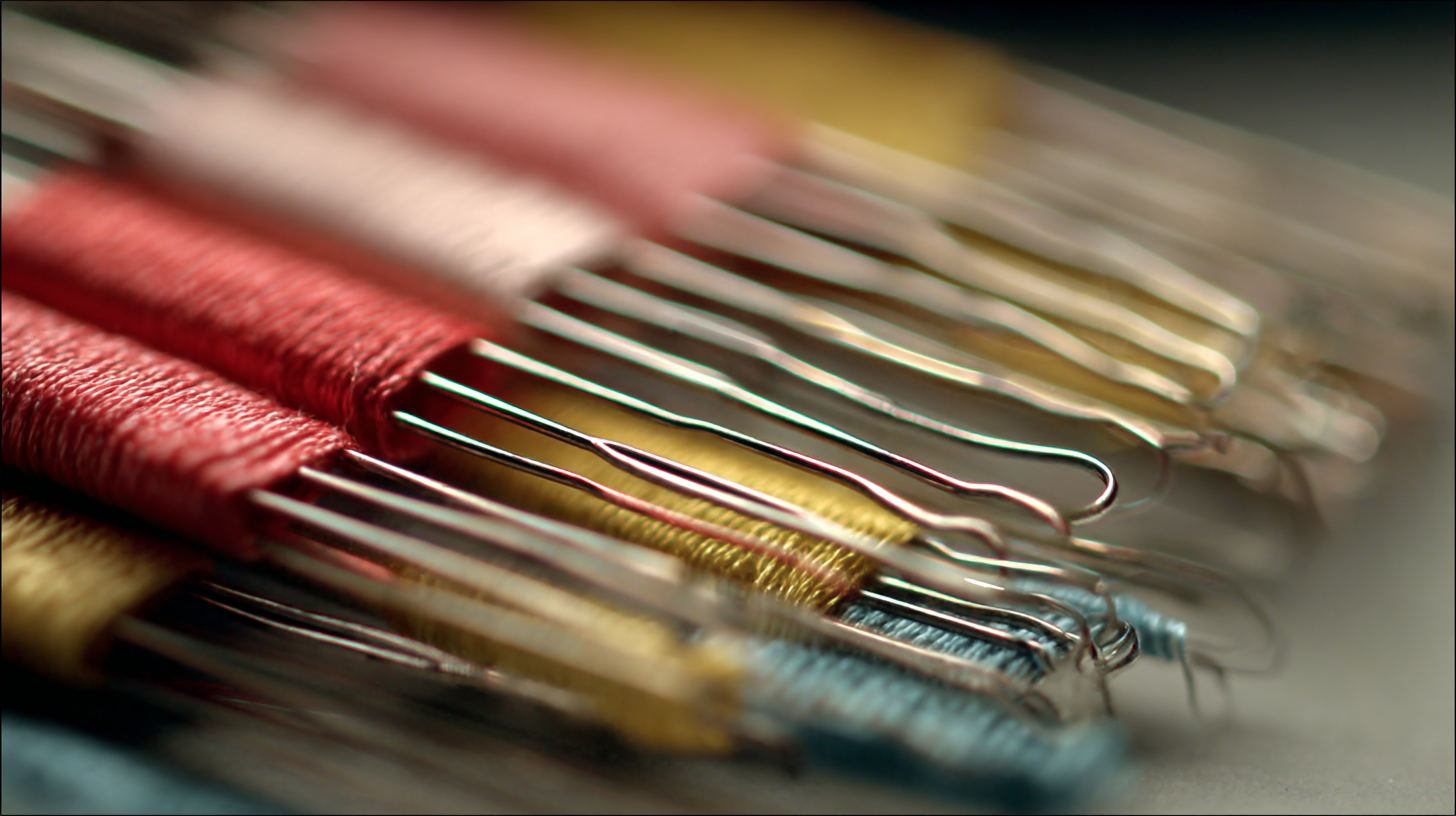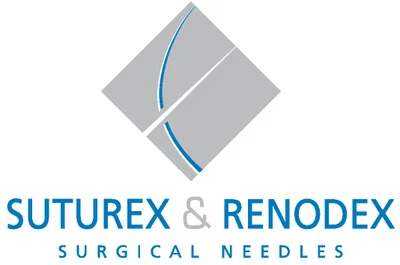You have successfully logged out.
Comprehensive Guide to Sourcing the Best Needles and Sutures: Key Trends and Data for Global Buyers
In the ever-evolving landscape of medical supplies, the demand for high-quality needles and sutures has reached unprecedented levels. According to a recent industry report by Grand View Research, the global sutures market alone is projected to reach USD 5.3 billion by 2025, with a compound annual growth rate (CAGR) of 5.2%. This growth is driven by increased surgical procedures and advancements in suture technology. Furthermore, the rise in minimally invasive surgeries has shifted the focus towards specialized sutures designed for specific applications, pushing buyers to seek comprehensive sourcing solutions.

This comprehensive guide aims to equip global buyers with essential insights into the key trends and data that shape the procurement of needles and sutures, ensuring they remain competitive and compliant in today's dynamic healthcare market. Quality, innovation, and sourcing efficiency are at the forefront of these developments, making it imperative for stakeholders to stay informed and adaptable.
Top Trends in Needle and Suture Innovations for 2023
In 2023, the needle and suture industry is witnessing remarkable innovations driven by advancements in technology and increasing demand for minimally invasive procedures. Key trends include the integration of biocompatible materials and innovative designs that enhance suturing precision and reduce patient recovery time. Manufacturers are focusing on creating sutures with unique coatings that minimize tissue irritation and promote faster healing, offering a significant improvement over traditional options.
When sourcing the best needles and sutures, buyers should prioritize products that incorporate these new innovations. Look for sutures that feature antimicrobial properties to reduce the risk of post-operative infections, as well as those that come with an ergonomic needle design, making it easier for surgeons to navigate complex anatomy.
Moreover, staying updated on the latest industry advancements is crucial. Participating in trade shows and webinars can provide valuable insights into emerging technologies and industry standards. It can also be beneficial to establish relationships with multiple suppliers to compare product offerings and ensure access to the latest innovations in needles and sutures, which can ultimately enhance surgical outcomes and patient satisfaction.

Understanding the Global Market Demand for Medical Sutures and Needles
The global market for medical sutures and needles has witnessed significant growth over the past few years, driven by the increasing prevalence of surgical procedures and the rising incidence of chronic diseases. According to a report by MarketsandMarkets, the global sutures market is projected to reach approximately $5.2 billion by 2025, with a compound annual growth rate (CAGR) of 6.5% from 2020 to 2025. This growth is propelled by advancements in surgical techniques and the rising demand for minimally invasive surgeries, which often require specialized sutures.
Furthermore, the demand for needles, particularly in the context of vaccination campaigns and diabetes management, is also on the rise. A report from Research and Markets reveals that the global needle market is expected to surpass $8.9 billion by 2027, reflecting a steady CAGR of 7.3%. This increase is chiefly attributed to the growing awareness of the need for safe and effective needle usage, alongside innovations in needle technology that improve patient comfort and care. As healthcare providers focus on optimizing surgical outcomes and enhancing patient experiences, sourcing the best needles and sutures has become a critical priority for global buyers navigating this dynamic market landscape.
Key Factors Influencing Buyer Decisions in Needle and Suture Procurement
When it comes to needle and suture procurement, several key factors significantly influence buyer decisions. One of the primary considerations is the quality of the materials used in manufacturing these medical supplies. Buyers are increasingly looking for products that not only meet international safety standards but also offer reliability in surgical applications. The texture, tensile strength, and biocompatibility of sutures are critical attributes that can sway purchasing choices, as they directly impact patient outcomes.
Cost-effectiveness also plays a pivotal role in the decision-making process. With healthcare budgets under constant scrutiny, buyers are seeking suppliers that can provide high-quality products at competitive prices. However, while cost is important, it should not overshadow the value of quality. Many buyers are inclined to partner with manufacturers that offer a balance between affordability and superior performance, ensuring they receive optimal value for their investments. Furthermore, the availability of innovative product features, such as absorbable sutures and ergonomic needle designs, continues to shape buyer preferences, as these advancements can lead to improved surgical efficiency and patient care.
Analyzing the Impact of COVID-19 on Needle and Suture Supply Chains
The COVID-19 pandemic has had profound impacts on global supply chains, and the needle and suture markets were no exception. Initially, the outbreak caused severe disruptions, leading to shortages in essential surgical supplies as manufacturing facilities faced shutdowns and logistics hurdles. As healthcare systems worldwide shifted their focus to combating the virus, the demand for needles and sutures for elective surgeries dropped significantly. This sudden fluctuation created a ripple effect, forcing suppliers to adapt rapidly to a new reality.

As recovery measures take hold, the needle and suture supply chains are beginning to stabilize, but challenges remain. Manufacturers are now prioritizing diversification of sourcing and production locations to mitigate risks further exacerbated by global uncertainties. Additionally, demand for innovative products has surged, with increased interest in safety-engineered needles and advanced suturing materials that offer improved patient outcomes. As a result, buyers seeking to navigate this evolving landscape must stay informed about these key trends and data, ensuring they source the right products to meet the changing needs of the healthcare sector.
Top Strategies for Ensuring Quality and Compliance in Suture Products
In today's competitive landscape, ensuring quality and compliance in suture products is paramount for global buyers. Recent data reveals that the surgical sutures market is projected to reach approximately $5 billion by 2025, growing at a CAGR of 6.5%. This growth underscores the increasing demand for high-quality suture products, driven by advancements in minimally invasive surgical techniques and a growing aging population.
To maintain quality, buyers must prioritize sourcing from manufacturers that adhere to stringent regulatory standards and have robust quality management systems in place. Implementation of ISO 13485, which pertains to the quality management system for medical devices, is essential. Additionally, understanding the intricacies of supply chain dynamics becomes critical. As highlighted by recent challenges faced by various sectors, including issues stemming from tariffs and economic uncertainties, developing a flexible supply chain strategy is necessary to mitigate risks associated with fluctuating market demands during peak seasons.
Investing in the right technologies and maintaining transparent supplier relationships can facilitate better compliance and enhance product quality. Leveraging real-time data collection and analysis tools can aid in monitoring the supply chain effectively, ensuring that suture products meet international safety standards consistently. These proactive steps are vital for buyers aiming to sustain their competitive edge in the evolving marketplace.
Comprehensive Guide to Sourcing the Best Needles and Sutures: Key Trends and Data for Global Buyers
| Product Type | Material | Size | Compliance Standards | Global Market Share (%) | Trend Growth (2023-2028) |
|---|---|---|---|---|---|
| Surgical Needles | Stainless Steel | 3/8 Circle, 1/2 Circle | ISO 13485 | 25% | 5% CAGR |
| Absorbable Sutures | Polyglycolic Acid | 3-0 to 6-0 | FDA, CE | 20% | 4.8% CAGR |
| Non-Absorbable Sutures | Nylon | 1-0 to 4-0 | ISO 9001 | 30% | 3% CAGR |
| Specialty Sutures | Polyester | 2-0 to 3-0 | ANVISA, TGA | 15% | 6% CAGR |
